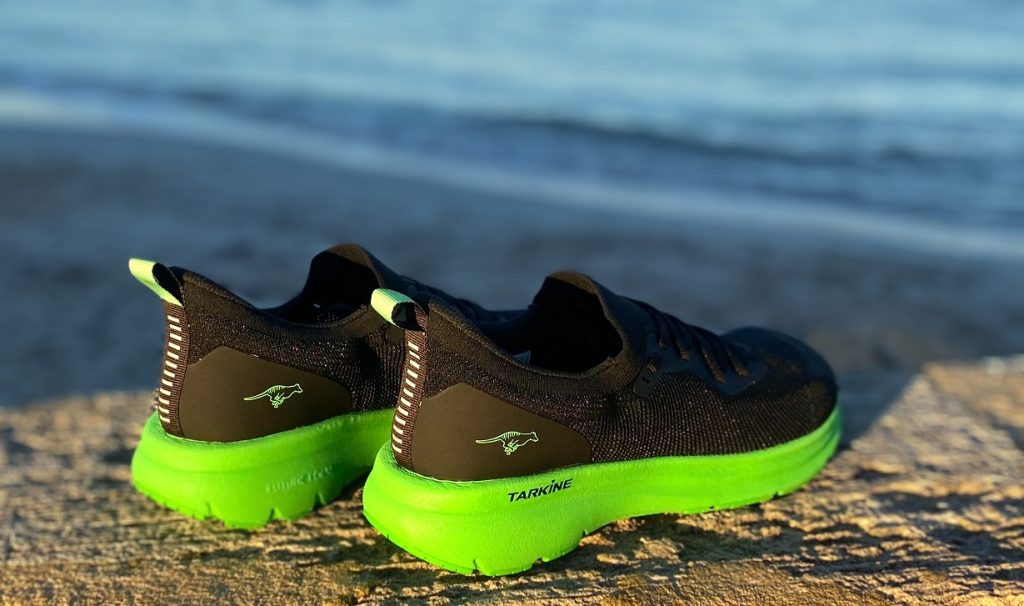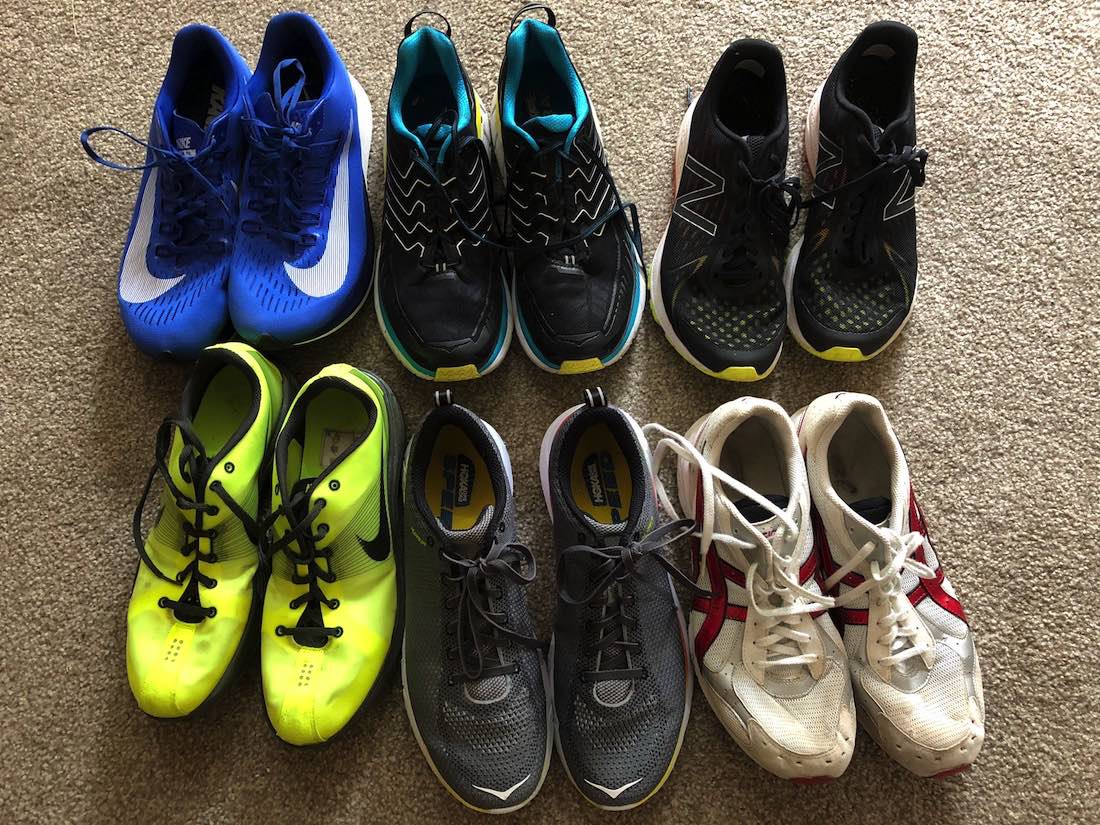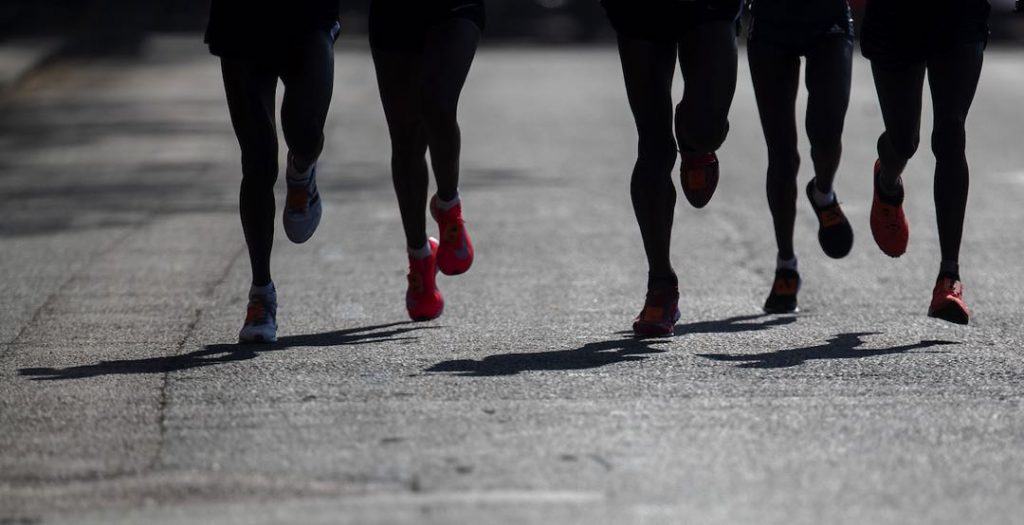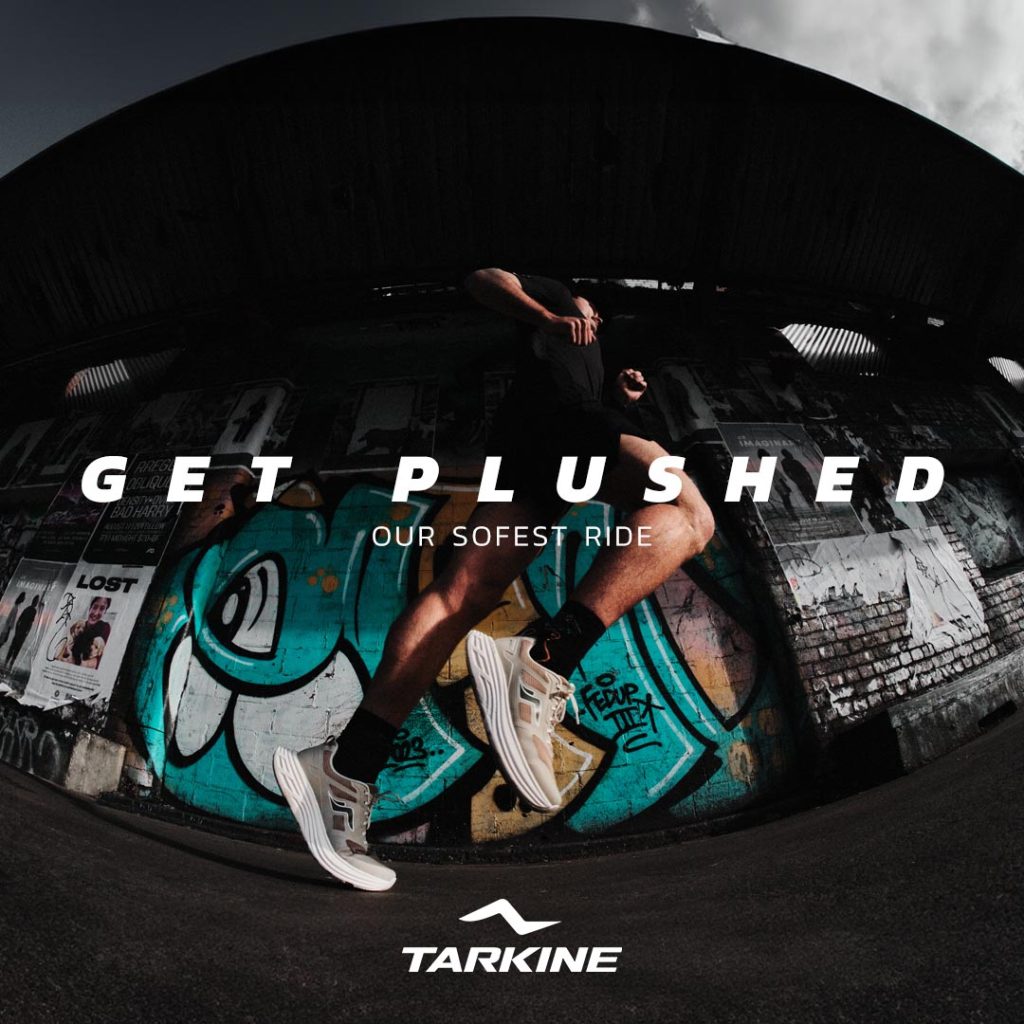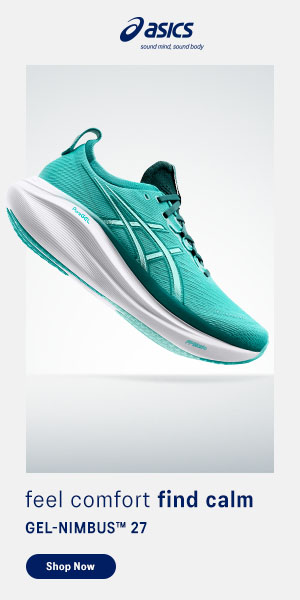Runner’s Tribe – Run School
Minimalist, maximalist, zero drop, traditional, soft foam, hard foam, high stack height, low stack height, stiff soles, flexible soles, magic foam that makes you float or fly. Or whatever.
Whilst the science on all the above is minimalistic in itself, one study that shows that rotating shoes lowers injury risk, is pretty widely accepted.
According to this study, runners who rotate their shoes among multiple models during the 22-week study had a 39% lower risk of injury than those who ran in the same pair of shoes for every run.
Researchers in Luxembourg gathered information on training volume, injury rate, cross-training, shoe usage and other variables from 264 adult recreational runners. The details of the study:
- During the 22-week study, 87 of the 264 runners suffered at least one running-related injury, which the researchers defined as “a physical pain or complaint located at the lower limbs or lower back region, sustained during or as a result of running and impeding planned running activity for at least one day.”
- Of the 264 runners, 116 were classified as single-shoe wearers; runners in this group did 91% of their mileage in the same shoe, and ran in an average of 1.3 pairs of shoes during the study. The other 148 were classified as multiple-shoe wearers; runners in this group tended to have a main shoe, which they wore for an average of 58% of their mileage, but they rotated among an average of 3.6 pairs of shoes for their training.
The Conclusion
The researchers found that the multiple-shoe wearers had a 39% lower risk of injury during the study period than the single-shoe wearers.
The researchers argued that this could be because:
“different shoes distribute the impact forces of running differently, thereby lessening the strain on any given tissue.”
In other words, when we run in a particular shoe our biomechanics adjust to the shoe, and any issues with the biomechanics gets amplified. When we mix up the shoes we run in, our bodies adapt and the overuse injuries that may occur due to biomechanical imbalances brought on by a particular shoe, are reduced.
In the words of the researchers:
“the concomitant use of different pairs of running shoes will provide alternation in the running pattern and vary external and active forces on the lower legs during running activity. Whether the reduced [injury] risk can be ascribed to alternation of different shoe characteristics, such as midsole densities, structures or geometries cannot be determined from these results and warrants future research.”
So next time you are shopping for the latest foam or tacky technology, instead consider buying a variety of shoes and spreading the love. It’s what science, not marketing agencies, says to do.
The research was published in the Scandinavian Journal of Medicine & Science in Sports.
